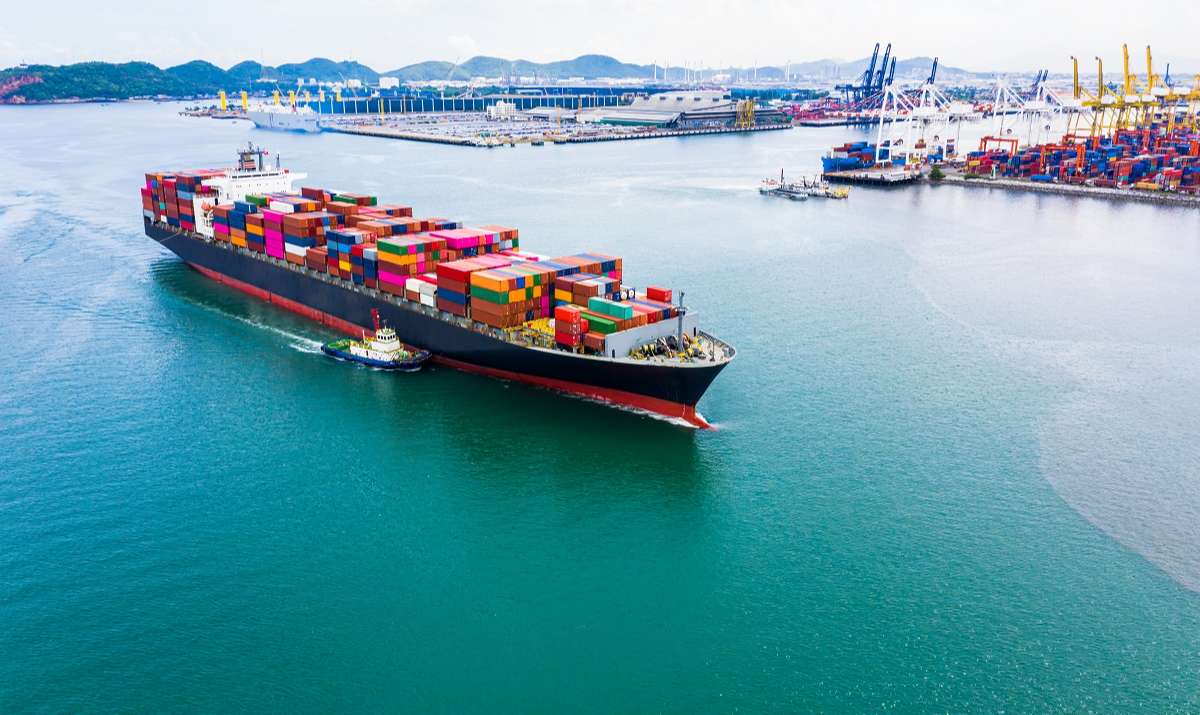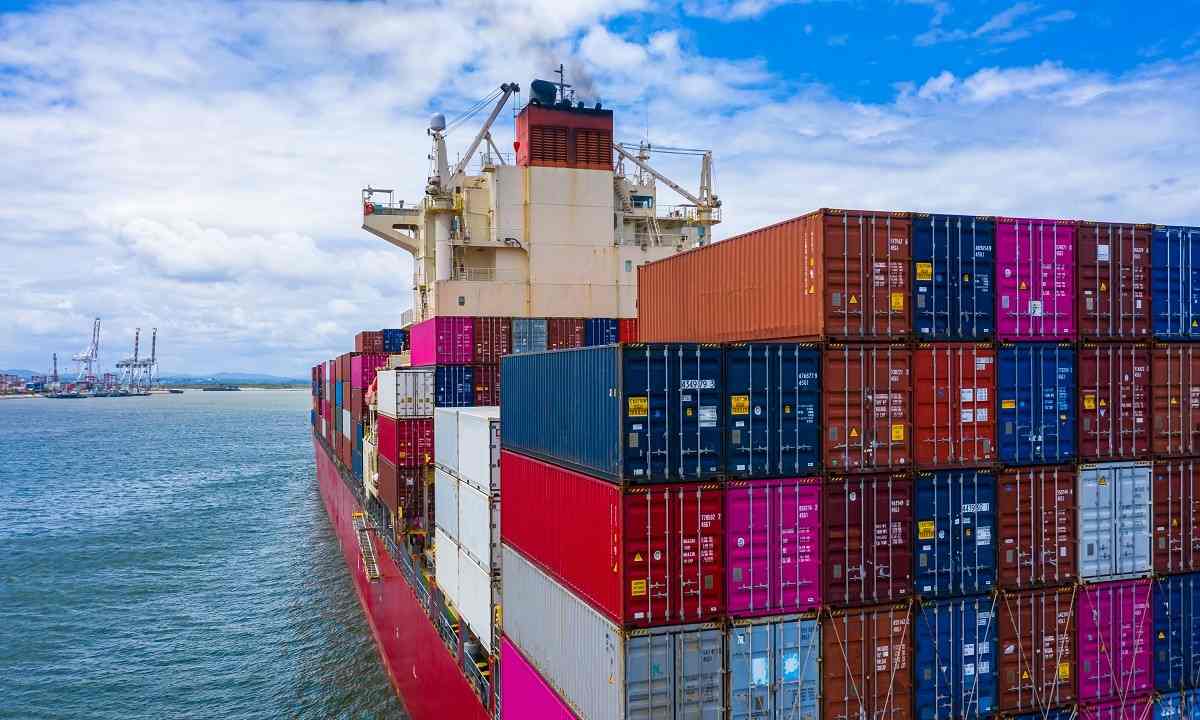In order to create favorable conditions for export and import to ensure state budget revenue and combat smuggling of banned and toxic goods, intellectual property infringement, counterfeiting of origin, affecting national security, contributing to national security create fairness and equality in business as well as modernize the Customs sector, the General Department of Customs has issued the Draft Customs development strategy for the period of 2021-2030 to gradually build Vietnam’s Customs in accordance with the new situation.
The Draft Decision on Customs development strategy for the period of 2021-2030 (the “Draft”) expect to ensure the management of the State and in compliance with international commitments which Vietnam is a member. Besides, the Draft also is expected to create favourable conditions for enterprises and flexibility in management towards modernization of the Customs in the new era.
The Draft aims at the overall goal of building a regular, modern force, on par with other countries in the region and the world, towards the development of a smart customs system, propose solutions to improve efficiency in the process of carrying out customs procedures and collecting taxes effectively to create convenience for passengers and businesses. At the same time, the Draft also aims to ensure maritime security, national competition and protect Vietnam’s interests and sovereignty.
In addition, the Draft sets out the main goals for the period 2021-2030 with the smart customs model continuing to be the key goal, built in a professional direction, minimizing administrative procedures and synchronization throughout the system, applying the achievements of the Industrial Revolution 4.0 and the cooperation and facilitation of the Customs of developed countries to realize the requirements of reform and modernization of state administration towards building a digital government, E-government. In addition, the prevention of smuggling activities is still a prerequisite goal to protect the business environment in Vietnam. Moreover, the goal is to reduce the human resource apparatus, improve the capacity and qualifications of the customs force to suit the needs of innovation in customs management technology.
The Draft sets a target that by 2025, Customs will strive to complete the redesign of the customs system in the direction of digital customs while ensuring information security; to ensure 90% of applications will be processed online, minimizing manual administrative procedures; to build a paperless, simple and effective working environment. Accordingly, the Draft is expected that 80% of inspection activities will be carried out through the digital environment, the information technology system of the General Department of Customs. Along with that, the Draft would improve the efficiency of the Customs Single Window to 100% for administrative procedures and integrate it on the National Public Service Portal for easy access and implementation by businesses and people; promote the signing of international treaties on customs to create favorable conditions for domestic enterprises as well as ensure the principle of benefits for all parties.
In order to achieve the above objectives, the General Department of Customs has proposed specific solutions to improve the legal system so that the implementation is synchronized; improve management methods to prevent violations and apply information technology to gradually guide people and businesses familiar with online procedures; improve the use of technology for customs officers, step by step reduce inappropriate procedures, and put the smart customs model into the application to make appropriate adjustments to reality.
In terms of customs operations, the Draft also sets out step by step application of supply chain management models to meet current needs and research the implementation in the field of insurance and customs clearance guarantees, accelerate the inspection of goods in electronic form, reduce paperwork to the paperless stage, simplify administrative procedures, reduce waiting time at the border, implement the flow of goods, authorization to check at the border gate, apply modern technology solutions and inspection and monitoring equipment suitable to the characteristics of the border gate area, capable of integrating and exchanging data in a centralized and unified manner.
Regarding tax administration, the Draft expects to uniformly apply taxes and collection rates suitable for each type of goods, minimize the tax filing process, quickly develop tax schedules as well as clear and transparent processes, creating convenience for both payers and regulators.
Management of import and export activities, import and export of means of transport must be unified, concentrated, and minimized the handling process, cutting unnecessary intermediary stages. The Draft also aims to encourage and create conditions for people, businesses and related parties to participate in legal policy criticism, cooperate with customs authorities in law enforcement and supervision.
With this Draft, Vietnam has the prospect that by 2030, Vietnam will complete the renovation and modernization in the customs sector, including building a strong and clean customs force, as well as equipping vehicles and applying artificial intelligence technology in customs management, striving to build a customs force on par with developed countries in the region, keeping up with advanced countries in the world.
ANT Lawyers, a law firm in Vietnam always follow up customs cases and its development to update clients on regular basis.
How ANT Lawyers Could Help Your Business?
You could learn more about ANT Lawyers Customs Practice or contact our Customs lawyers in Vietnam for advice via email ant@antlawyers.vn or call our office at (+84) 24 730 86 529





